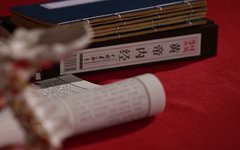The spring weather is changeable, sometimes hot and sometimes cool, especially with significant temperature differences in the morning and evening, which many people find difficult to adapt to. Frequent changes of clothing can easily lead to a wind-cold common cold. This is particularly important for families with young children.
When it comes to colds, everyone generally knows about them, but many friends may not fully understand the concept of a wind-cold common cold.
A wind-cold common cold occurs when external pathogens invade the body, typically entering through the skin, mouth, and nose, and then affecting the lung defense.
When cold pathogens invade the body, people often feel cold (which means they are afraid of the cold) and want to wear more clothes. Additionally, sneezing, runny nose, and itchy throat are common early symptoms of a wind-cold common cold.
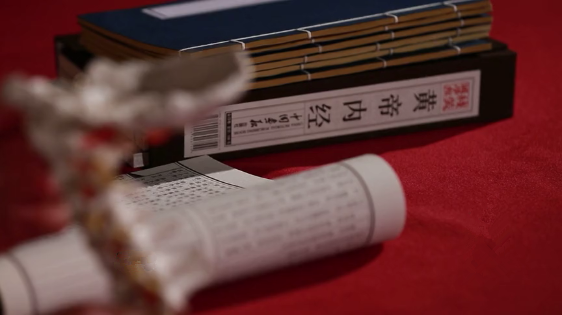
Cold pathogens have a constricting characteristic, and their invasion can also lead to symptoms such as no sweating, headaches, and even soreness in the limbs.
When external pathogens invade, the body’s righteous qi mobilizes to counteract them, which can lead to fever; thus, during a wind-cold common cold, some individuals may experience this phenomenon. On one hand, they feel cold, while on the other hand, their body may still be experiencing fever.
When the lungs are affected, coughing and phlegm production occur. In cases of wind-cold common cold, the phlegm is usually clear and thin.
Traditional Chinese Medicine (TCM) believes that the occurrence of a cold is due to the body being affected by external pathogens, with wind being the primary culprit among them.
In times of abnormal weather, temperature imbalances, and reduced bodily resistance, wind can cause disturbances.
A mild cold is generally referred to as a wind-cold. Besides wind, cold, heat, dampness, and summer heat can also mix with wind to invade the body, leading to varied cold symptoms.
After the weather frequently turns cooler, wind-cold common colds become the most common. TCM considers moxibustion to be an effective method for treating wind-cold common colds.
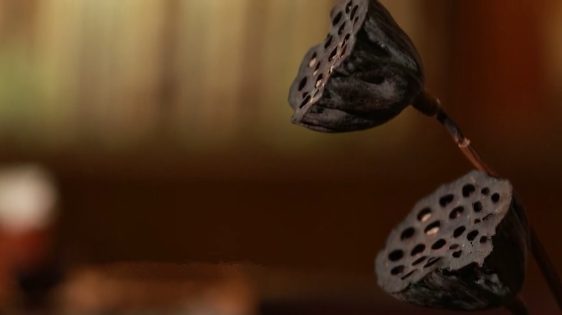
The acupuncture points generally targeted for moxibustion in cases of wind-cold common cold include: Fengchi (Wind Pool) point, Fengfu (Wind Mansion) point, Hegu (Union Valley) point, Zusanli (Leg Three Miles) point, and Dazhui (Great Vertebra) point. If there is nasal congestion (meaning the nose is blocked), add moxibustion on Yintang (Hall of Impression) point and Yingxiang (Welcome Fragrance) point.
Moxibustion is relatively simple. After igniting the moxa stick, hold it above the acupuncture point, keeping the moxa fire 2 to 3 centimeters away from the skin for warming. Each acupuncture point should be treated for twenty minutes, applying moxibustion sequentially to each point.
Many fans may not fully understand acupuncture points, and locating them can be challenging. Therefore, it is advisable to provide more accurate images for reference.
The location of Fengchi point: From the lower edge of the bony prominence behind the ear, move backward to find a depression; this is the Fengchi point, with one on each side.
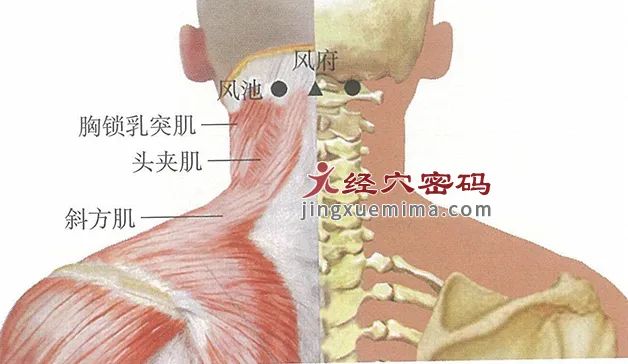
The Fengfu point is located along the midline of the back, moving upward from the point where hair begins to grow, at the edge of the hairline. Use the middle joint of the thumb to measure one horizontal finger’s width upward from this edge.
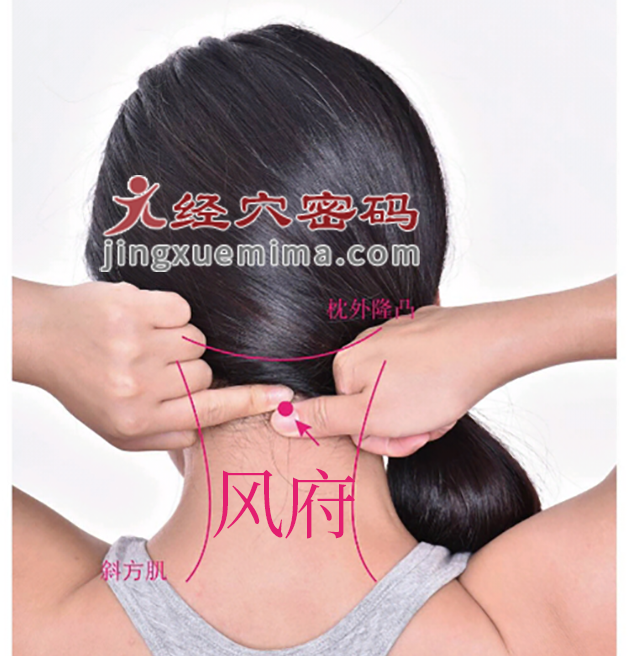
The Hegu point is commonly referred to as the Tiger’s Mouth, located at the highest point between the first and second metacarpal bones.

The Zusanli point is located three inches below the outer knee eye, one horizontal finger’s width outward from the tibia.
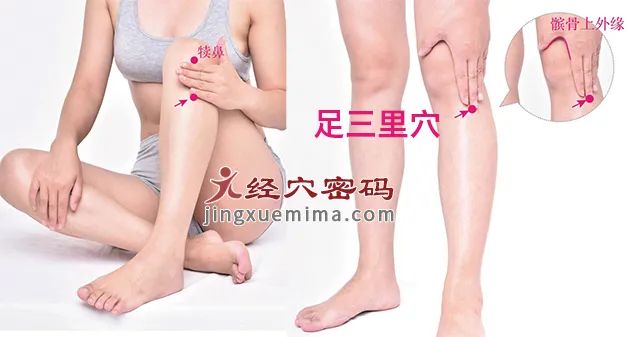
The Dazhui point can be found at the junction of the neck and back, where a prominent vertebra can be felt when the head is lowered; this is the 7th cervical vertebra, and the depression below its spinous process is the Dazhui point.
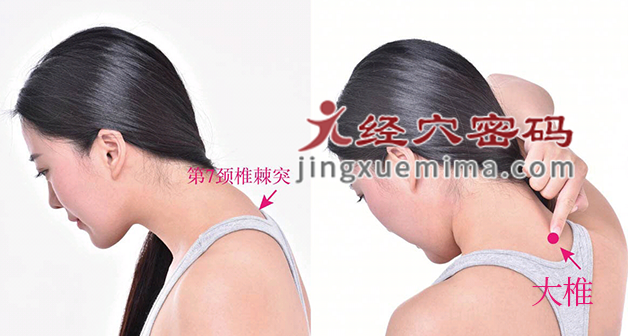
Moxibustion treatment for wind-cold common cold should be done as early as possible. If moxibustion is applied promptly in the early stages of a wind-cold common cold, the righteous qi will quickly rise, the defensive qi will circulate, and the cold will dissipate in time, leading to recovery.
During the course of the illness, moxibustion can rapidly relieve symptoms such as chills, nasal congestion, runny nose, and headaches.
However, if the cold persists for a long time, leading to symptoms such as dry throat, yellow nasal discharge, heat intolerance, and thirst, moxibustion is not advisable.
It is important to note that one should avoid bathing or washing hands with cold water within half an hour after moxibustion, as the pores of the body are open, making one susceptible to cold.
After moxibustion, it is advisable to drink warm water to aid detoxification; the water temperature can be slightly higher, and one should definitely avoid cold or iced water.
Some individuals may experience fatigue, weakness, or lack of energy after moxibustion, which is a normal phenomenon and can be alleviated with a little rest.
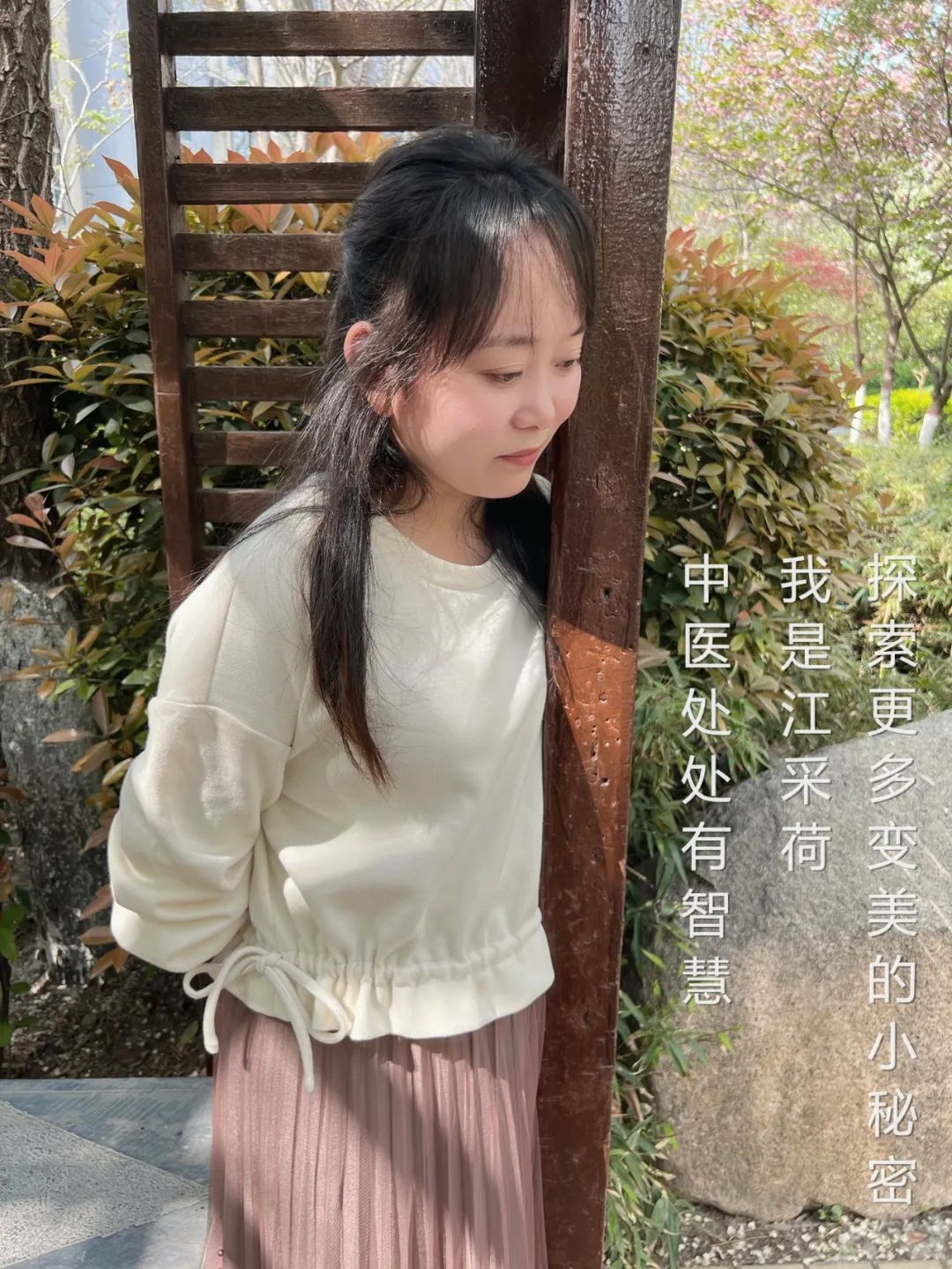
Author: Jiang Caihe, a scholar of Traditional Chinese Medicine, guiding you to explore more beauty-enhancing TCM tips, and often helping you avoid hidden health hazards in life. Click on the public account card below to follow me.
Did you enjoy today’s article? If you found it helpful, feel free to share it with more people. Or click the “Looking” or “Like” button at the bottom right. Thank you for reading and sharing, and see you next time.

